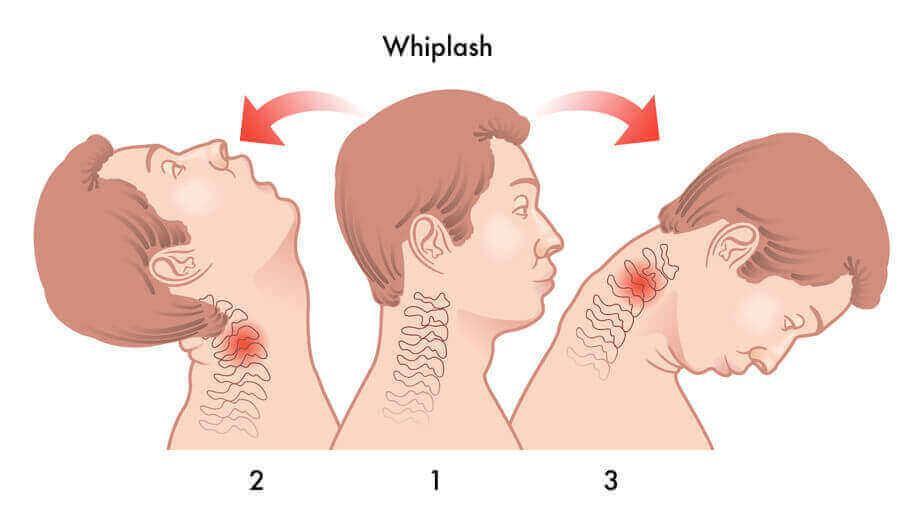
What is Whiplash Injury?

What is Whiplash injury?
What is a whiplash injury? Whiplash injuries refer to a neck injury that occurs after an abrupt forward and backward movement of the head and neck. This is most commonly seen after a car accident but can occur from sports injuries and falls. Whiplash occurs due to a disruption between the discs, bones, soft tissue and supporting structures of your spine. This causes the tissues to become inflamed and painful.
Whiplash symptoms can start immediately but usually develop within 24 hours of the inciting trauma. They include neck pain, stiffness, muscle spasm and even headaches. Occasionally, one can experience numbness and tingling in the arms, fatigue and dizziness. Symptoms can last a few days or as long as a few weeks. It is advisable to seek medical attention as soon as symptoms occur to rule out other more serious conditions, such as broken bones or internal bleeding, which would require immediate care.
Whiplash is treated based on the severity of pain and the symptoms present. If the pain is very severe, oral or injected corticosteroids are used to help reduce inflammation in the neck. Otherwise, over the counter analgesics such as Tylenol and NSAIDS (Ibuprofen, Advil, Aleve, Motrin, etc) can be used to help manage pain and inflammation. Ice is often indicated within the first 24 hours, followed by heat to help reduce muscle spasm. Muscle relaxers may also be prescribed in conjunction with the above treatments as many people find that it is painful to turn and move their neck. Soft neck collars are only recommended for brief periods of time (2-7 days) and then should be discontinued to reduce the development of stiffness.
Whiplash injuries typically resolve with conservative management, however if your symptoms persist for over 4 weeks, it would be wise to see your doctor to investigate further. Diagnostic tools such as X-rays or Magnetic Resonance Imaging (MRI) can help to identify other causes, such as herniated discs, that could be contributing to the ongoing pain.
You Might Also Enjoy...


The Healing Power of Regenerative Medicine – PRP

